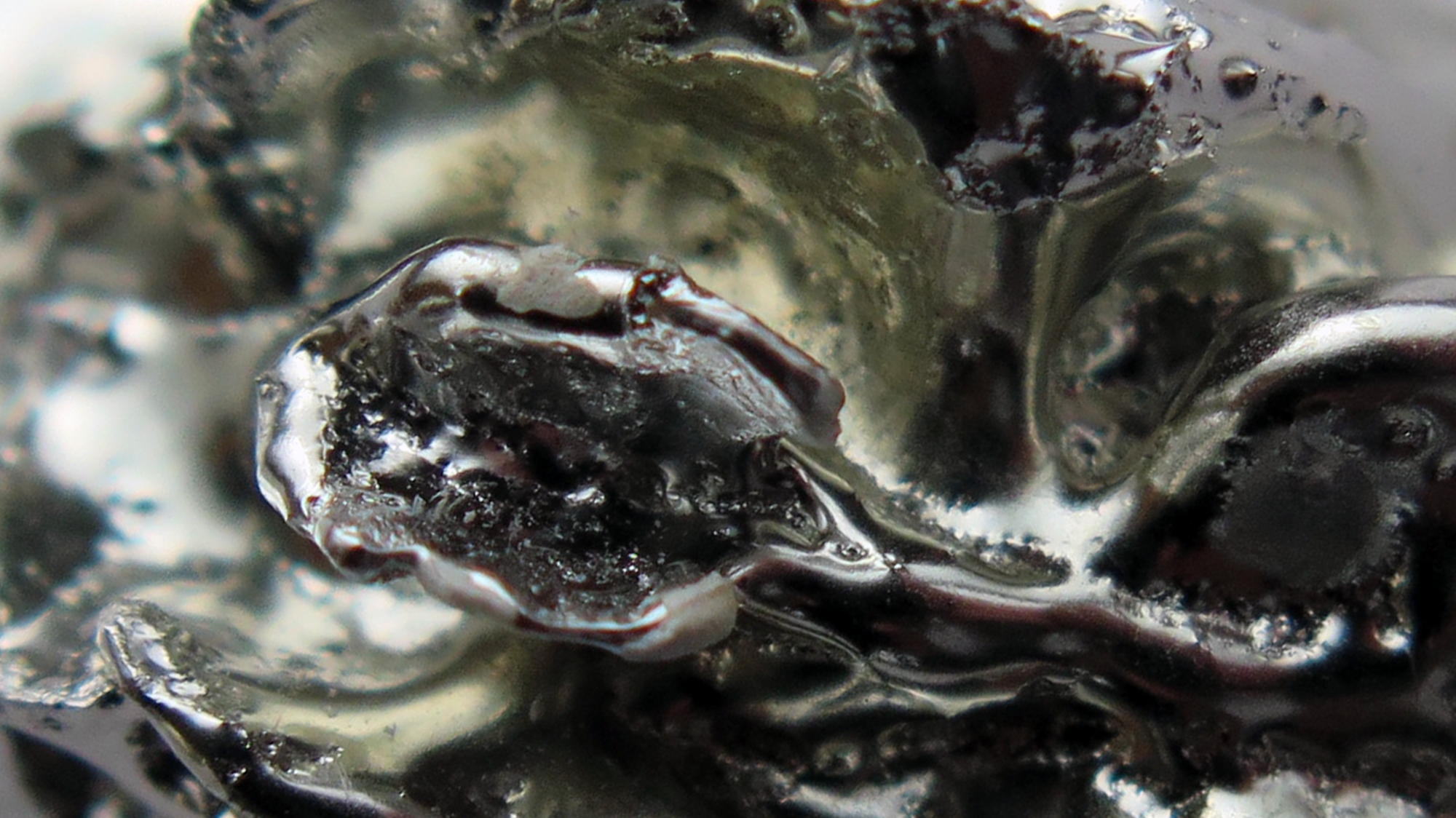ADS3: Refuse Trespassing Our Bodies — Fertility, Exhaustion and All that Matter/s

About
We are running out of soil. Over millennia, productivity and reproduction had to grow hand-in-hand with agricultural, and later, urban, industrial, and digital infrastructures. The most fertile lands are now covered up by cities, factories, distribution warehouses, waste facilities, highways, and car parks. What is left, the non-urbanised, is rapidly being degraded, saturated, and exhausted. While extractive land practices are one of the main drivers of our planet’s environmental transformation, the bodies that inhabit it – like the soils on which we depend – are becoming infertile. Anthropogenic matter enters the air-soil-water-flesh cycle as extractive remnants that are increasingly becoming part of our bodies. And we are becoming them. But not all bodies or soils are equally exposed to these invisible waves of environmental disturbance, racial, and social inequalities are very present in the different levels of bodily and soil exhaustion.
ADS3 incorporates the idea of metabolism into architectural discourse, generating critical spatial interventions, which attempt to untangle and refute the infrastructures of fertility and ‘modern productivity’. The projects of graduating students were initiated by the critical analysis of a novel substance, and the systems, both ancient and contemporary, constructed around them. They trace the leaching of Penicillin within marine environments, the Pine Tree as a political agent, Limestone’s porosity and fertility, the geologic restoration of Peatlands, the pH value of cremated ashes and the uranium remnants of domestic energy extraction. They chart how to live with refuse, while refusing to live with systemic frameworks of extraction and exhaustion.
Image: Pewterpeach